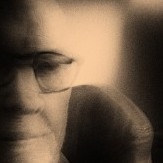M6 or Monochrom?
-
Recently Browsing 0 members
- No registered users viewing this page.
-
Similar Content
-
Monochrome
By imimi,
- 0 comments
- 390 views
-
- 2,087 replies
- 318,048 views
-
Q3 Monochrom
By Lew,
- 10 replies
- 2,094 views
-
- 6,028 replies
- 561,941 views
-
D-Lux 7, Monochrome? 1 2
By Moshik,
- 28 replies
- 1,507 views
-


Recommended Posts
Join the conversation
You can post now and register later. If you have an account, sign in now to post with your account.
Note: Your post will require moderator approval before it will be visible.